Lauren McKinley Renzetti
Making . Is. Important.
accomplished Toronto visual artist, scenic painter, teacher & curator
NEW WORK 2024-25 WATERBEAD SERIES
Waterbeads is an ongoing investigation using watercolour and various methods of masking the paper to gain various values of layered colour. The use of waxed crayon, waxed paper, masking tape and masing fluid all create different effects. The finished works are loosely related to and reactions of rural landscapes studied while plein air painting in late summer. The seed beads are adding focal points that help to embellish existing colour either in contrast or in support of substrate. They may be construed loosely as far away objects, possibly lights in cell towers, buildings or much closer objects like flowers or tree bark knots. The stitching holds the matting and image together but is also a reference to the notion of acreage segregated by roads or county lines that maps have. When looking at the land from an airplane I have always thought farmland was a quilt this helps to honour that aesthetic. Over all my work is planned in terms of size, materials, method and scope of colour. The Abstract Expressionists reacted to their surface as it changed and in this respect this work is very much of that nature. There is always a loose plan and a colour theory behind the painting. The final outcome is led by the materials and my reaction to how the layers interact with each other. Once the masking has been removed and the painting is deemed “finished” then the beads are applied based on enhancing the story the paint has created. Most works are in a 9×9″ frames and are priced between $80-100 .
The Hegelian Seed Collections: Seeds of a Future and Seeds of Extinction are a commentary on choices.
The collection, named after G.W.F. Hegel1 because of his belief in absolute idealism. If we follow his three steps – study the nature of our society and acknowledge what should be removed and become extinct and what should remain and be encouraged to Nurture and Flourish, we will not only be looking at Society but taking necessary steps to Change Our Society.
The collection and nature with which it is presented is indicative of the cabinets of curiosities so popular at the turn of the 19th century. The artist is looking down on society, is passing judgment, and hoping that these collections through time become a curiosity that our children and future generations can say “How quant, remember when there was genocide, malnutrition, war… we were such heathens… So glad we stopped that.”
Ironically no seed can grow in an airtight box with no sun, water, nutrients and a pin through it. This is a perfect environment for seeds of extinction to wither and petrify. This does not hold true for the seeds of the future but hopefully they are plentiful and so common that they never move to the endangered list. The categorizing, presenting and intimate viewing through a looking glass invites the viewer to ponder
Why these words? Why not Boredom? Hunger? Death? The artist asks these questions of you. Can you come up with a reason? Please Ponder.
Hegelian Seed Collection: Seeds of a Future
Bravery, Caring, Creativity, Ecotopia, Equality, Innovation, Justice, Love,
Safety , Sharing, Sustainability, Universalism, Virtue, Wisdom, Wonder
Hegelian Seed Collection: Seeds of Extinction
Apathy, Disillusionment, Dystopia, Extinction, Fear, Genocide, Hate, Ignorance,
Malnutrition, Mediocrity, Prejudice, Selfishness, Stagnation, Terror, War
-Lauren McKinley Renzetti created circa 2014 statement written March 2015
1Hegelianism is the philosophy of G. W. F. Hegel which can be summed up by the dictum that “the rational alone is real”, which means that all reality is capable of being expressed in rational categories. His goal was to reduce reality to a more synthetic unity within the system of absolute idealism. The first and most wide-reaching consideration of the process of spirit, God, or the idea, reveals to us the truth that the idea must be studied (1) in itself; this is the subject of logic or metaphysics; (2) out of itself, in nature; this is the subject of the philosophy of nature; and (3) in and for itself, as mind; this is the subject of the philosophy of mind (Geistesphilosophie). – from Wikipedia
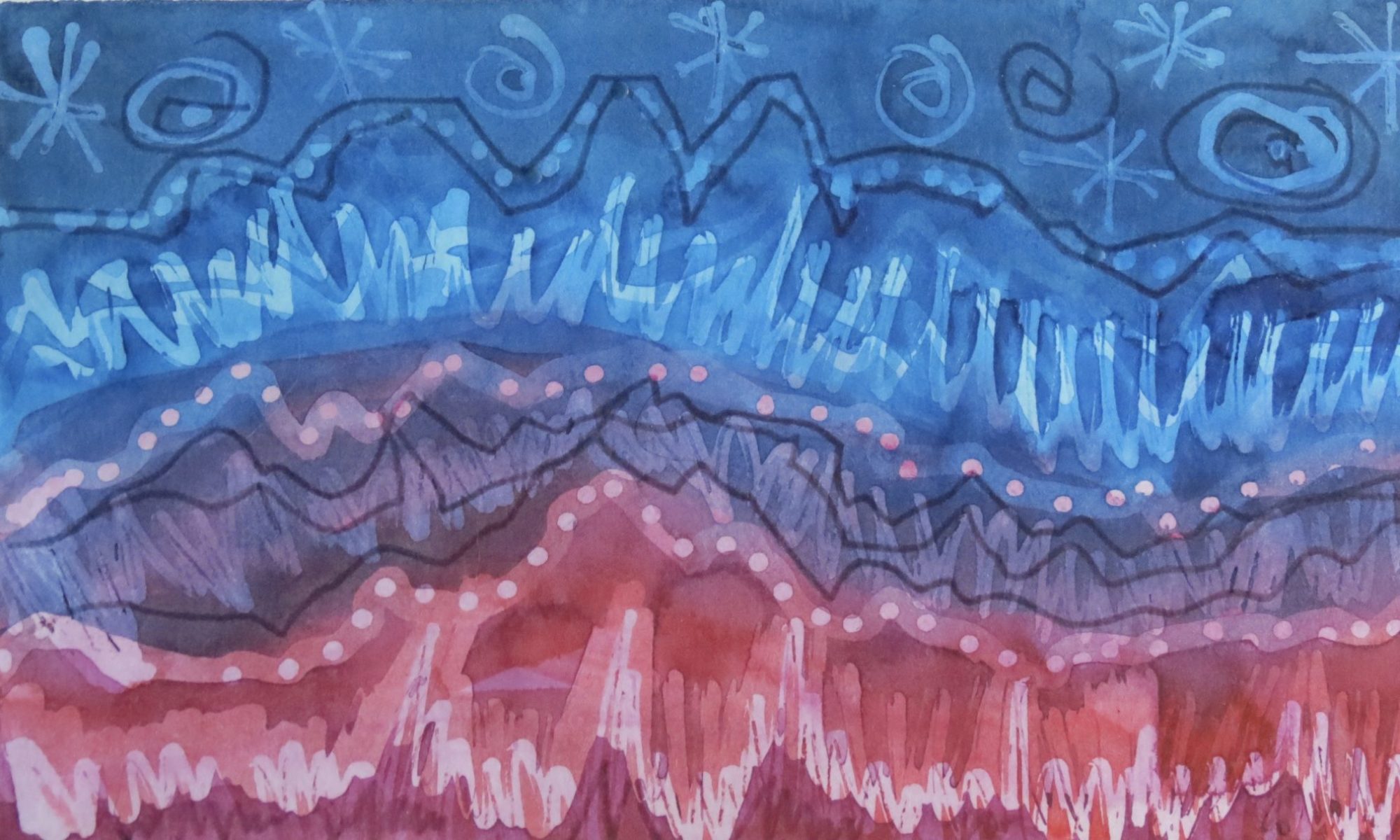
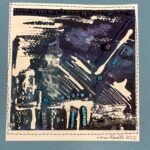

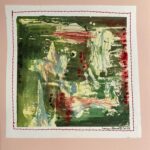
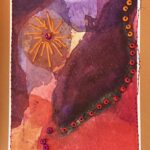
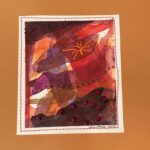
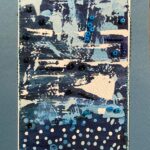

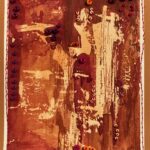

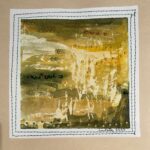
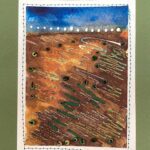
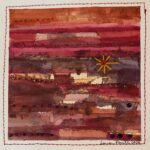
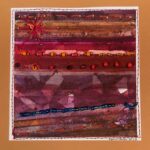

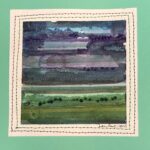
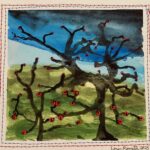

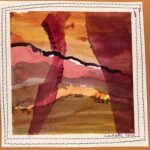
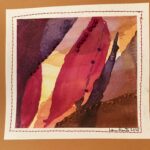
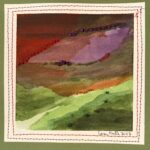
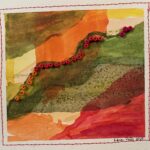
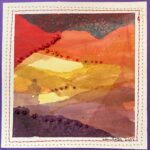
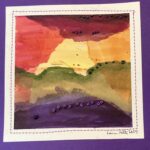
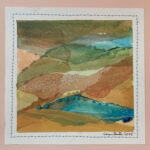

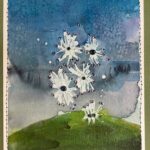
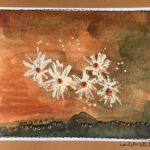
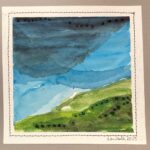
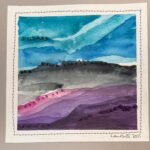
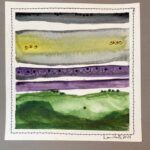
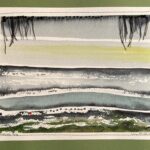
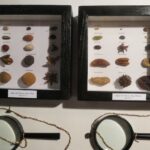
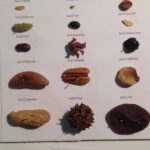
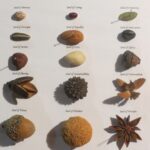
 is drawn to nature, the slow opening of a seed, a lizard’s skin, the human eye up close and personal, our planet from space, molecules under a microscope. She labels herself as an ABSTRACT MAXIMALIST. She tries everything ; art as mediation, assemblage, book making, breathing, collage, curating, drawing, eating, painting, paper folding, print media, quilting, reading, sculpture, sleeping, weaving. She is interested in where art & ideas for art come from, along with the tools , the materials, and the stepping stones made by other artists before her. Lauren makes art and artists everyday. She strives daily for the Eureka! moment of truly SEEING something. Her practise is also facilitating community building through group art making, and fostering creative seeing in others.
is drawn to nature, the slow opening of a seed, a lizard’s skin, the human eye up close and personal, our planet from space, molecules under a microscope. She labels herself as an ABSTRACT MAXIMALIST. She tries everything ; art as mediation, assemblage, book making, breathing, collage, curating, drawing, eating, painting, paper folding, print media, quilting, reading, sculpture, sleeping, weaving. She is interested in where art & ideas for art come from, along with the tools , the materials, and the stepping stones made by other artists before her. Lauren makes art and artists everyday. She strives daily for the Eureka! moment of truly SEEING something. Her practise is also facilitating community building through group art making, and fostering creative seeing in others.





